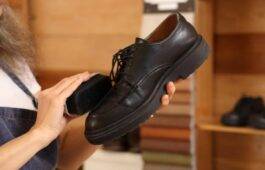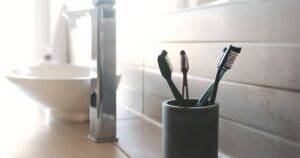9 Things You Should Never Plug Into A Power Strip
Power strips are convenient, and essentially your only option when you need more outlets, but they’re not made to handle everything. Just because you can plug something into one, it doesn’t mean you should. Overloading a power strip can lead to tripped breakers, damaged electronics, or even a fire. Here’s a list of nine things that should always be plugged directly into the wall and never into a power strip.
1. Space Heaters
Space heaters use a lot of power, often more than a standard power strip can safely handle. Even smaller ones can quickly overload a strip, especially if other items are plugged in at the same time, and that creates a serious fire hazard. To keep things safe, always plug space heaters directly into a wall outlet and keep them clear of curtains or furniture.
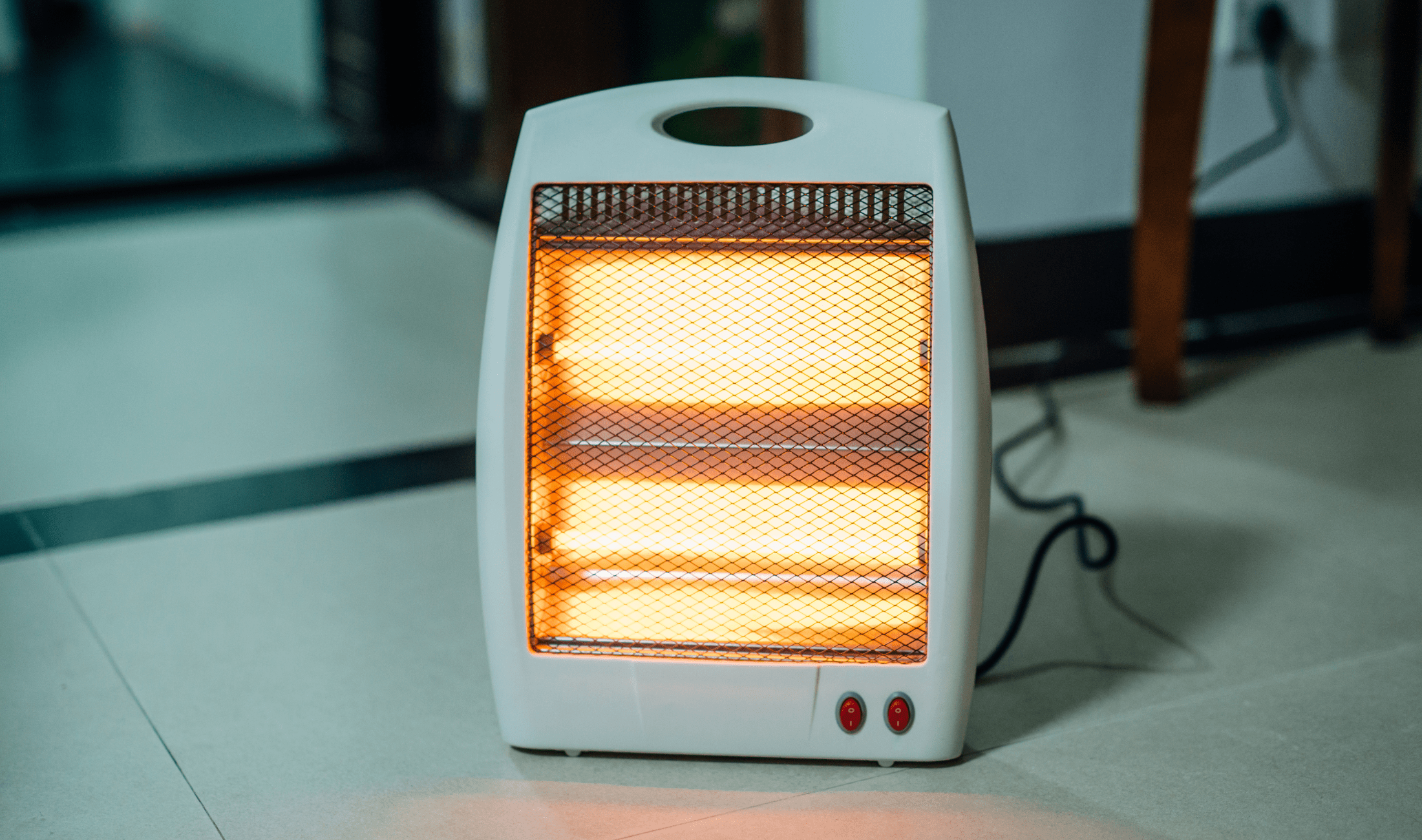
2. Refrigerators and Freezers
Fridges and freezers cycle on and off throughout the day, drawing large surges of electricity each time. That sudden spike in power use isn’t something power strips are built to support, and using one can shorten the life of the appliance that’s plugged in or cause the strip to fail. Plug refrigerators and freezers straight into a grounded wall outlet every time.
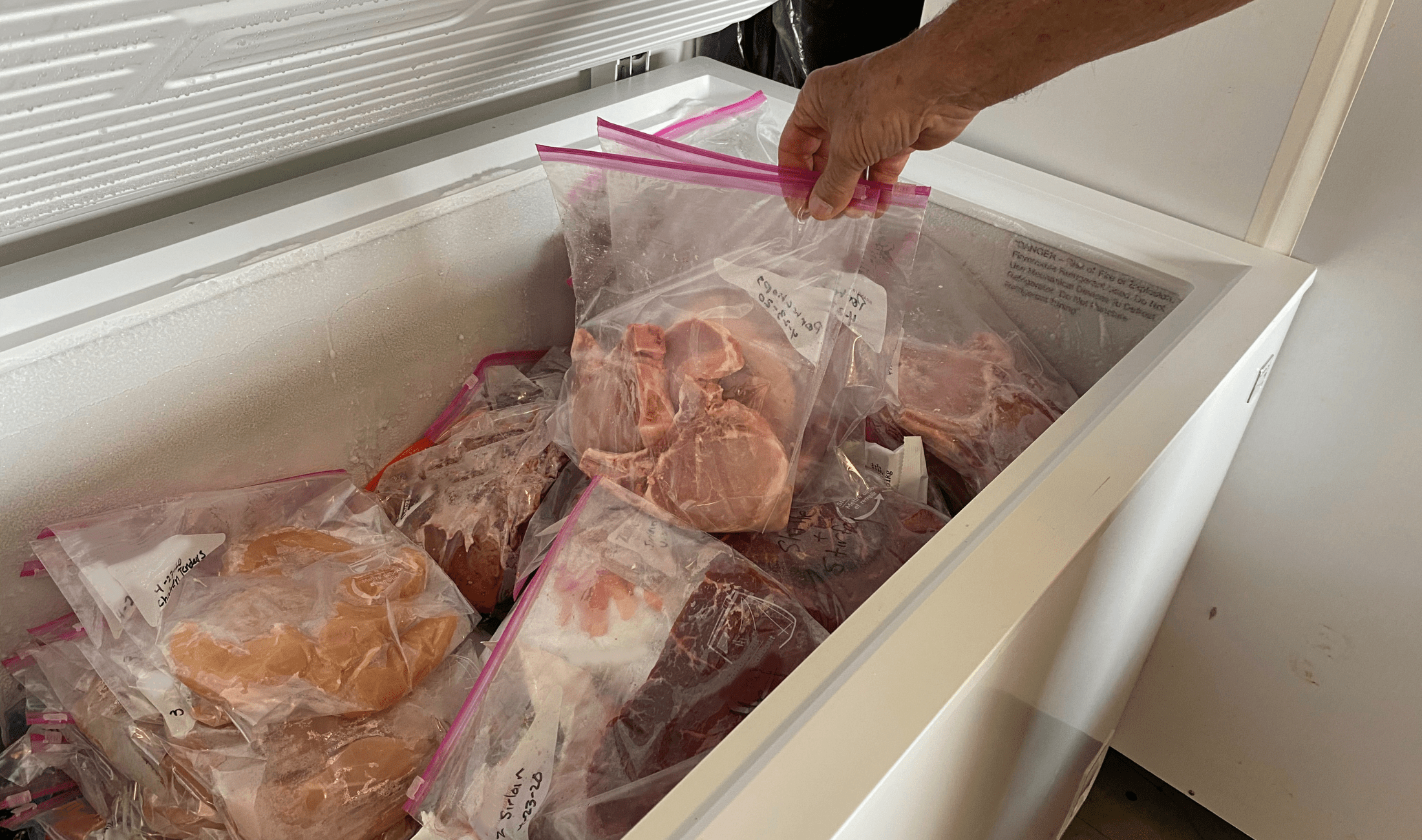
3. Microwaves
Microwaves demand a lot of energy in short bursts. Like with fridges, this type of draw is too intense for most power strips, especially if other things are using power from the same strip. Even small microwaves need more stable current than a power strip can offer. It’s safer and smarter to give your microwave its own dedicated wall plug.
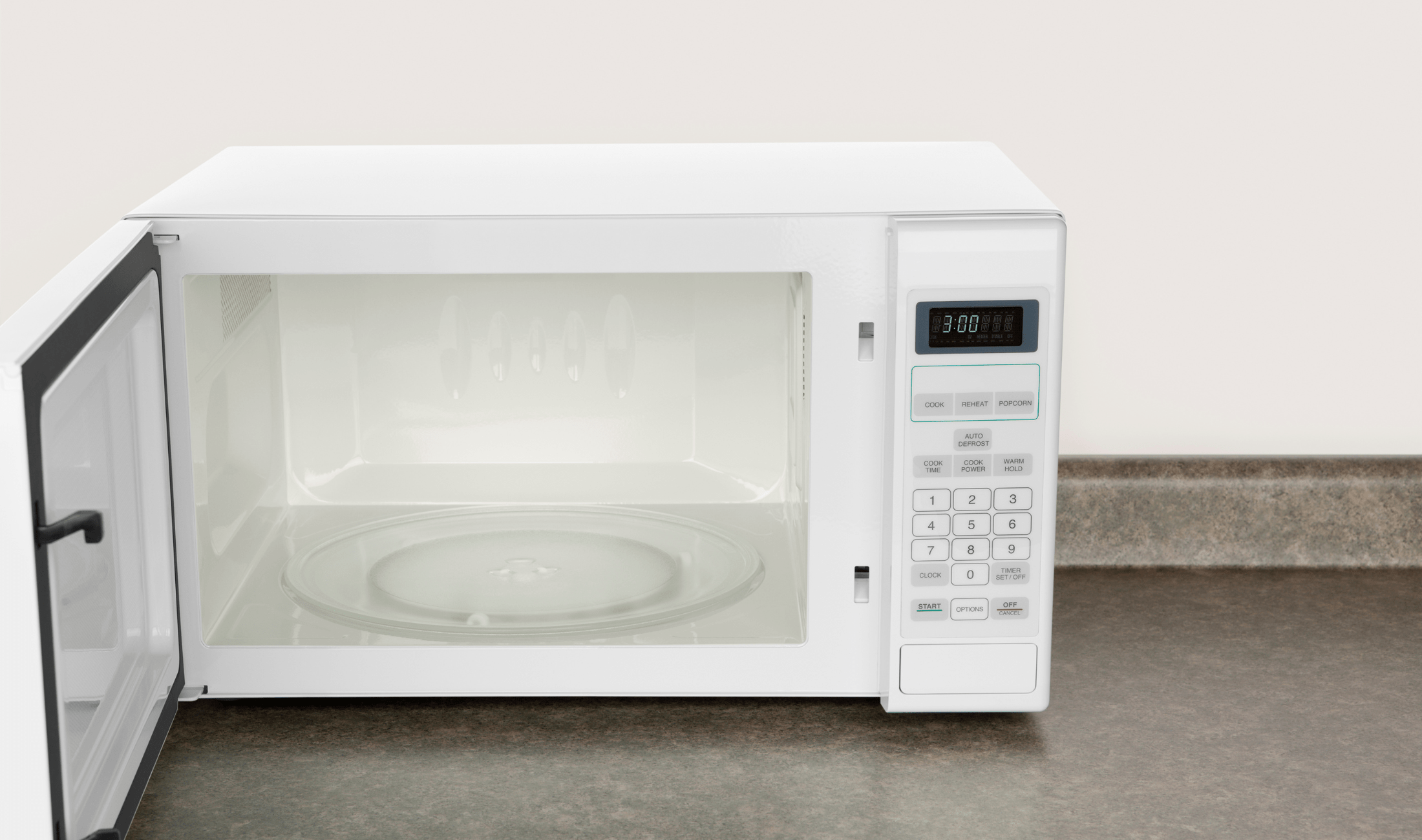
4. Coffee Makers and Toasters
Kitchen appliances like these may seem harmless, but they pull more power than you might think since they need to get really hot. Running them on a power strip can cause the strip to overheat or short out. Since these appliances are typically used for short periods, it’s easy to forget how demanding they really are. Best to keep them on the wall outlet only.
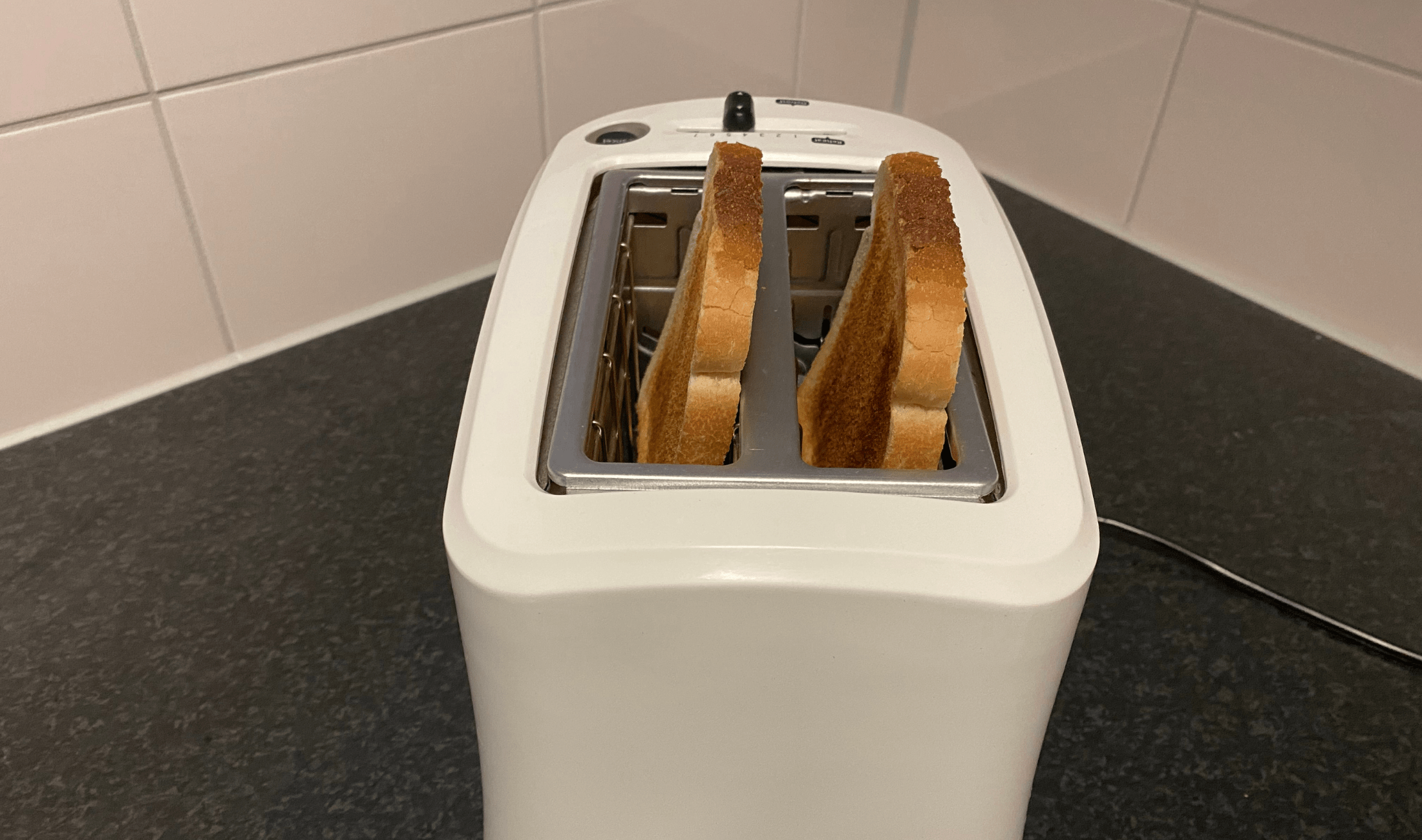
5. Hair Dryers and Curling Irons
Styling tools heat up fast by pulling a heavy load of electricity. In fact, hair dryers are one of the most notorious power-hungry devices out there, drawing tons of electricity even when they’re not in use. A power strip just might not be able to keep up. There’s also a risk of melting the cord or the strip casing if it overheats. Stick to the wall outlet when using anything with a heating element, really.
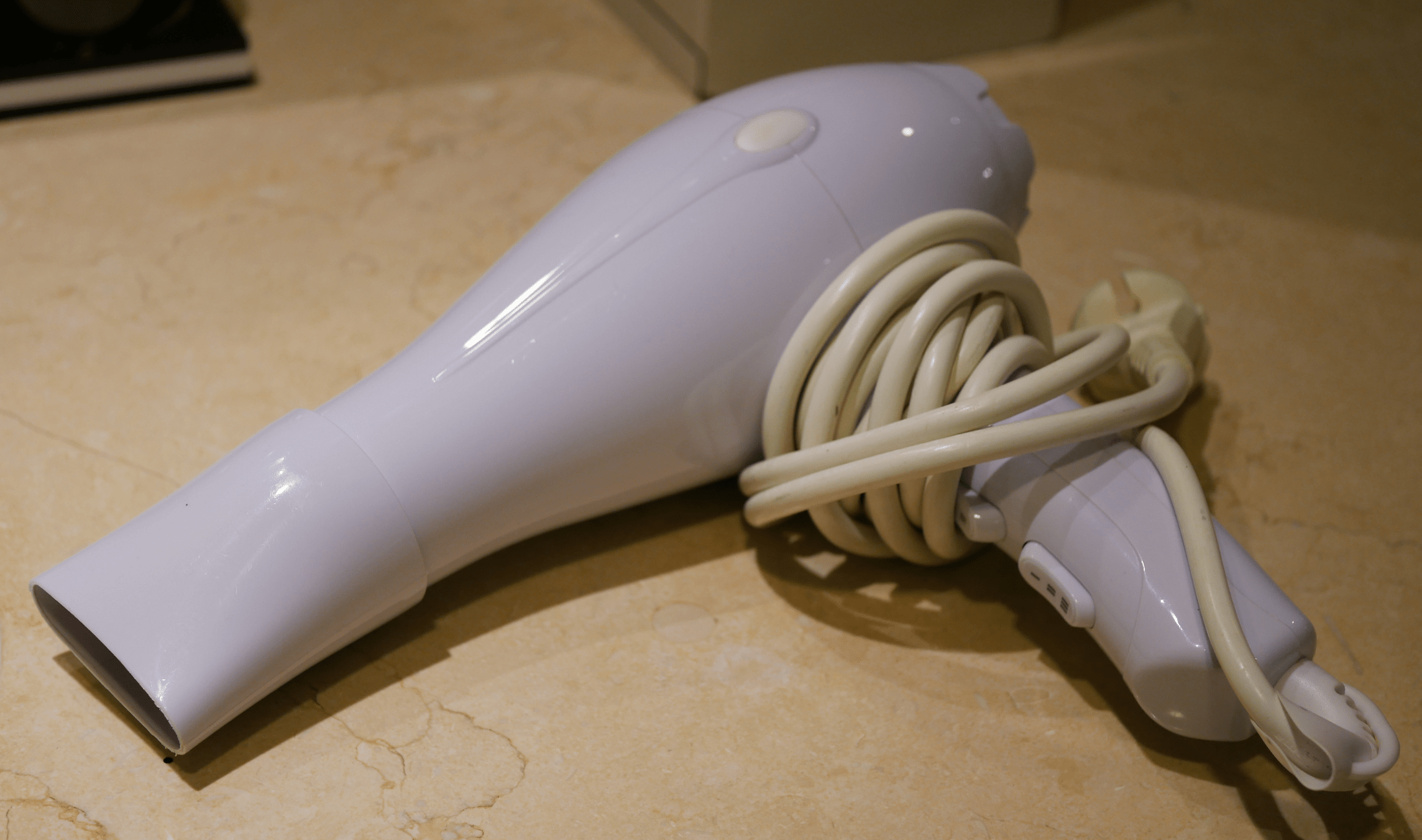
6. Air Conditioners
Portable and window A/C units are heavy-duty machines. Their compressors can cause major voltage spikes when they kick on, which a power strip isn’t designed to handle. Running them through a strip could trip the circuit or worse, cause electrical damage. Always use a wall outlet, and make sure the circuit it’s on can handle the A/C’s power needs.
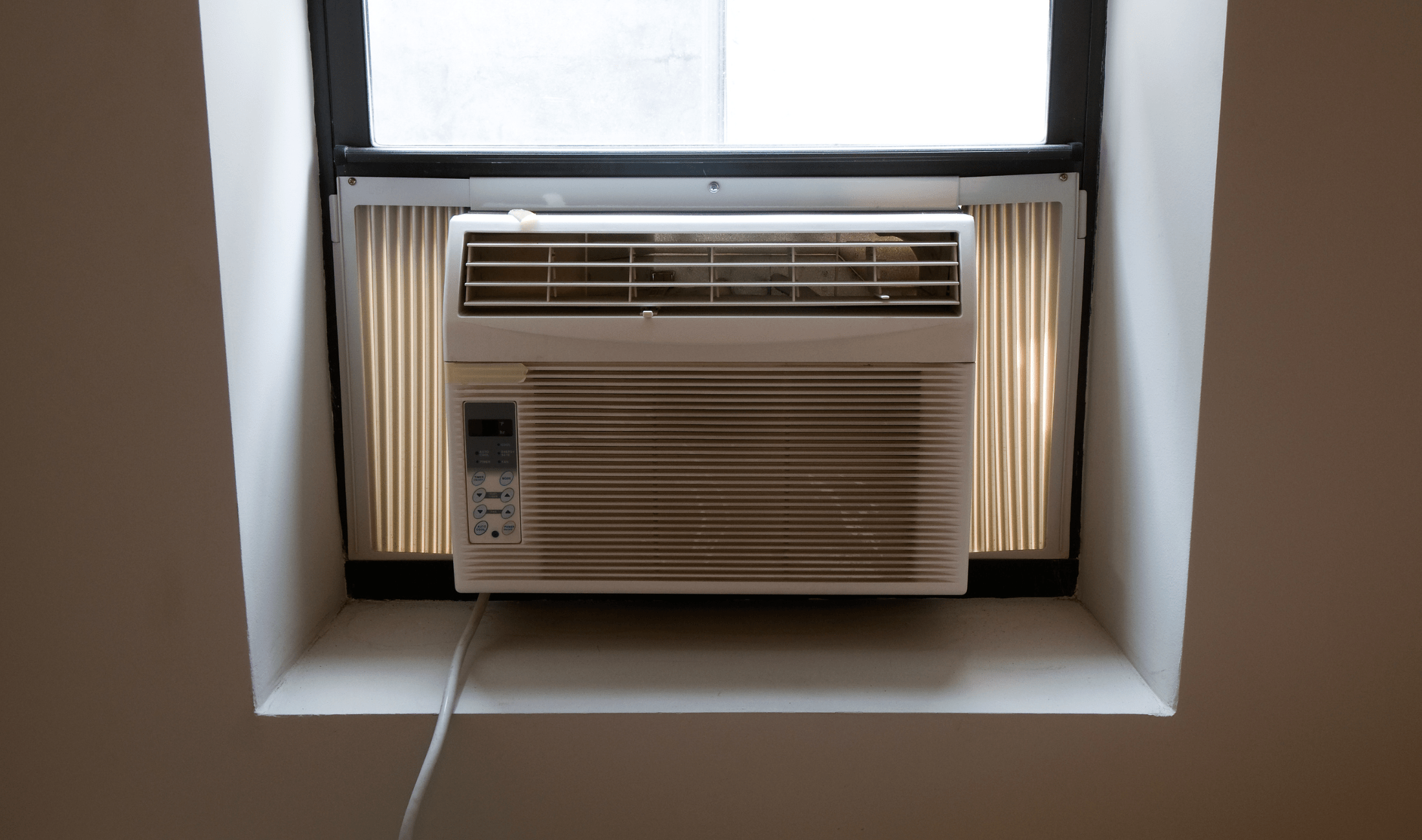
7. Power Tools
Power tools can cause big, uneven power demands, especially at startup. Even smaller tools like drills or sanders can spike sharply when first turned on. If you’re working in a garage or workshop and using a power strip, it’s tempting to plug everything in at once, but it’s risky. Keep power tools directly connected to a wall outlet to stay safe. If you need more lead space, use an (appropriate, proper wattage/amperage/gauge) extension cord.
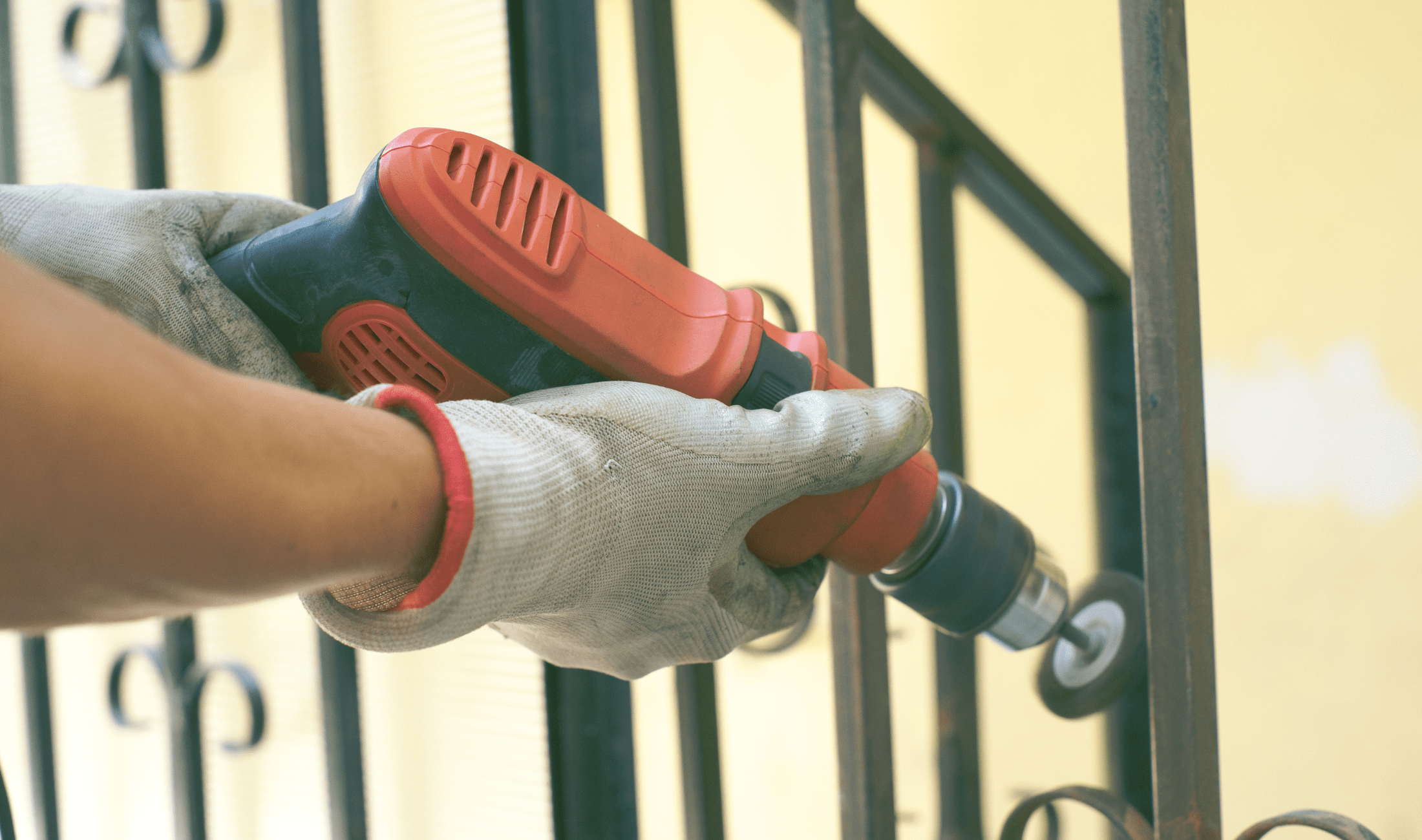
8. Washers and Dryers
These large appliances need dedicated, grounded wall outlets, and in many cases, a 240V line. A power strip simply isn’t rated for the load these machines pull. Trying to use one this way can not only fry the strip but damage your washer or dryer beyond repair. These should never be plugged into anything but a proper outlet.
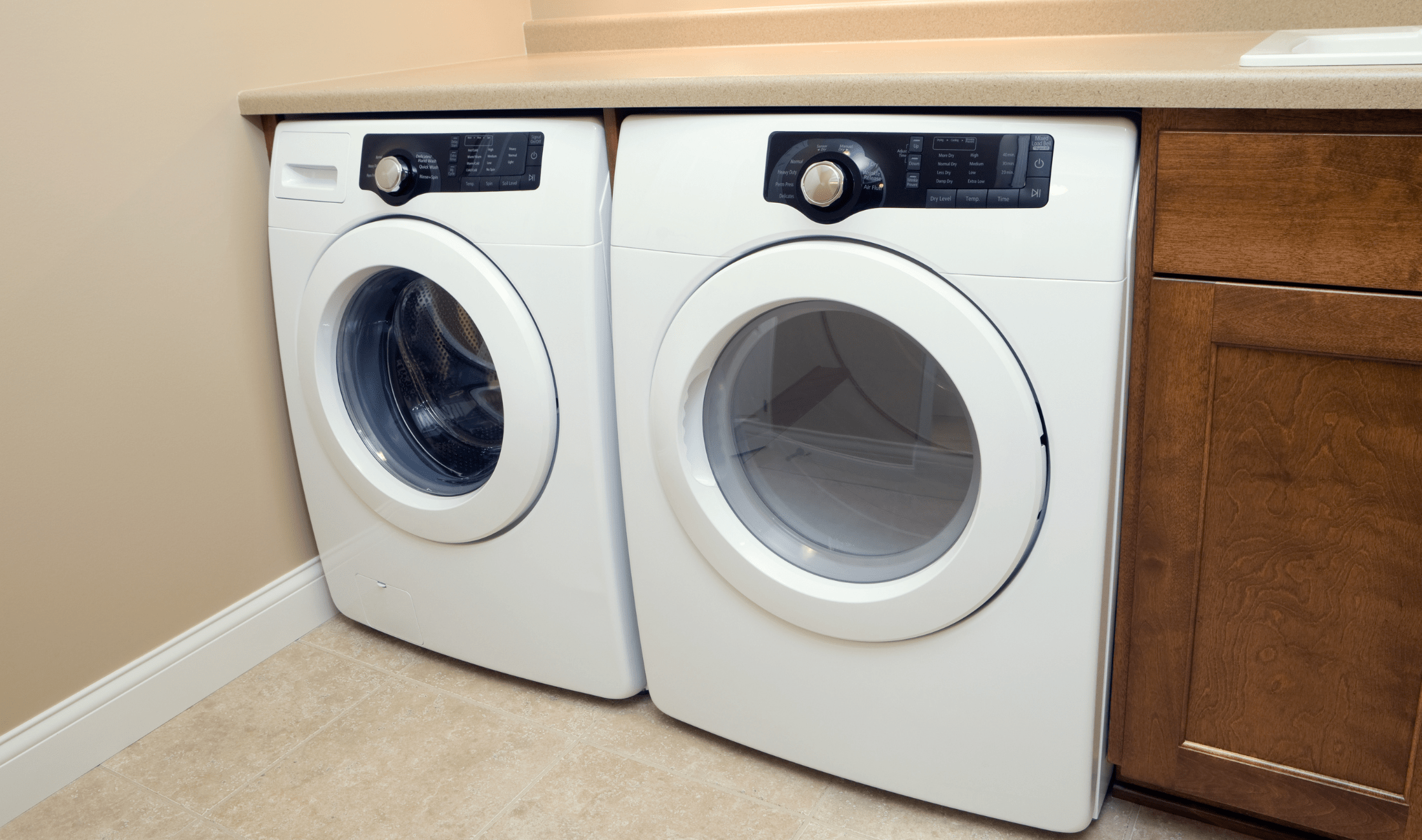
9. Another Power Strip or Extension Cord
It might seem like a simple fix to daisy-chain power strips, but it’s one of the most common causes of electrical fires in homes. Plugging one strip into another doubles the load but not the capacity. It also puts strain on a single wall outlet that wasn’t designed to carry that kind of power. Stick to one power strip per outlet, no exceptions.
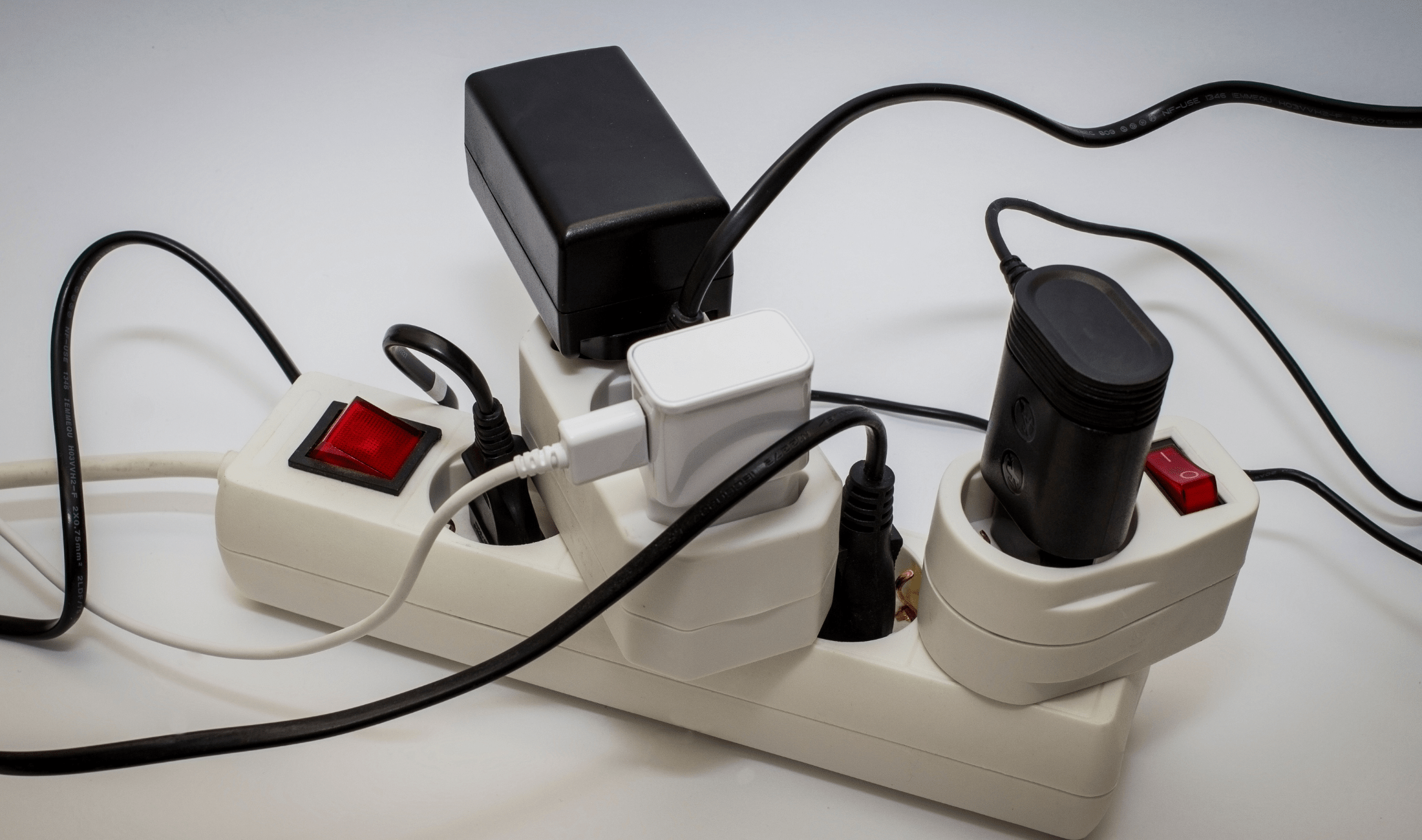
Related Articles
- If You See This, Your Home Has A Dangerous Electrical Problem
- Which Appliance Is Making Your Electrical Bill So High?
- 7 Simple Home Repairs That Take Less Than 10 Minutes
Power strips are generally meant for light-duty items like lamps, phone chargers, or alarm clocks. They’re not built to handle heavy appliances or devices that draw lots of power, and plugging the wrong thing into a strip can put your home at risk. When in doubt, use a wall outlet, and if needed, have an electrician check your setup. A little awareness can go a long way.

